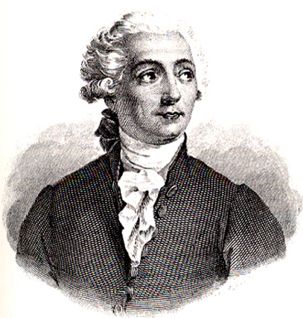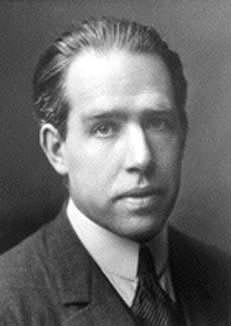Aristotle

Believed matter was made of different combinations of earth, air, fire, and water Lavoisier, A.L. (1743-1794)Discovered nitrogen; studied acids and described composition of many organic compounds.
Democritus

A greek philosopher who believed that atoms were indivisible spheres that could not be seen with the naked eye.
Lavoisier (late 1700's)

Stated earliest version of both the Law of Conservation and the Law of definite proportions.
Proust (1799)

Proved that Lavoisier's law by experiments
Dalton (1800's)

Defined atoms as solid and indestructible spheres based on the Law of Conservation of Mass
Thomson, (1856-1940)

Research on cathode rays resulted in proof of existence of electrons. Won the Nobel Prize in 1906
Rutherford (1871-1937):

Discovered that the atoms of the heavier elements, which had been thought to be irreversible, actually decay into various forms of radiation. Rutherford was the first to establish the theory of the nuclear atom and discovered rays: alpha, beta, and gamma. He also revealed the half-life of radioactive elements and applied this to studies of age determination of rocks by measuring the decay period of radium to lead-206.
This contradicts the plum pudding model by Thomson, which did not show a nucleus.
Next came Niels Bohr(1885-1962). He discovered that the electrons travel in discrete orbits around the nucleus in 1913.

The electrons from outer shell determine the property of atom. He inferred that when electrons move from outershells to an inner shell, it emits a quantum of energy(photon) in form of light.
He stated that electrons can only move in classical motions, not randomly.
He made contributions to the understanding of atomic structure and quantum mechanics.
Next came Henry Moseley (1887-1915). He made many contributions to the Periodic Table. He also performed experiments that proved that Bohr's model is actually valid. In 1913, he invented the Moseley's Law that concerns the characteristics of X-rays emitted by atoms.

It is important because it justifies the conception of nuclear model of the atom with all positive charges of atoms in the nucleus.
Before Moseley, the atomic number was just a place on the Periodic Table and was not associated with any measurable quantity.
Up untill now, scientist discovered the nucleus, electrons and the atom.
James Chadwick(1891-1974) discovered a previously unknown particles in the atomic nucleus. It was called neutron because of a lack of an electrical charge. This was crucial for fission of uranium-235. This made it possible to create elements heavier than uranium.


It is important because it justifies the conception of nuclear model of the atom with all positive charges of atoms in the nucleus.
Before Moseley, the atomic number was just a place on the Periodic Table and was not associated with any measurable quantity.
Up untill now, scientist discovered the nucleus, electrons and the atom.
James Chadwick(1891-1974) discovered a previously unknown particles in the atomic nucleus. It was called neutron because of a lack of an electrical charge. This was crucial for fission of uranium-235. This made it possible to create elements heavier than uranium.


No comments:
Post a Comment